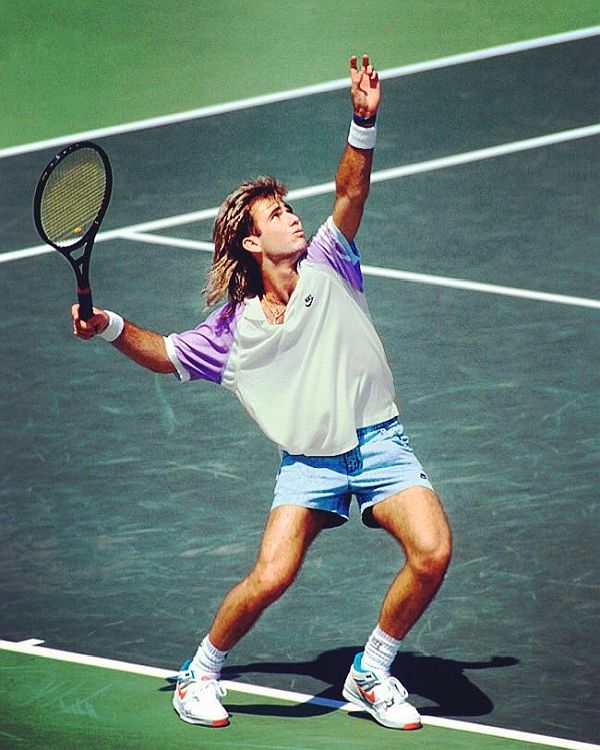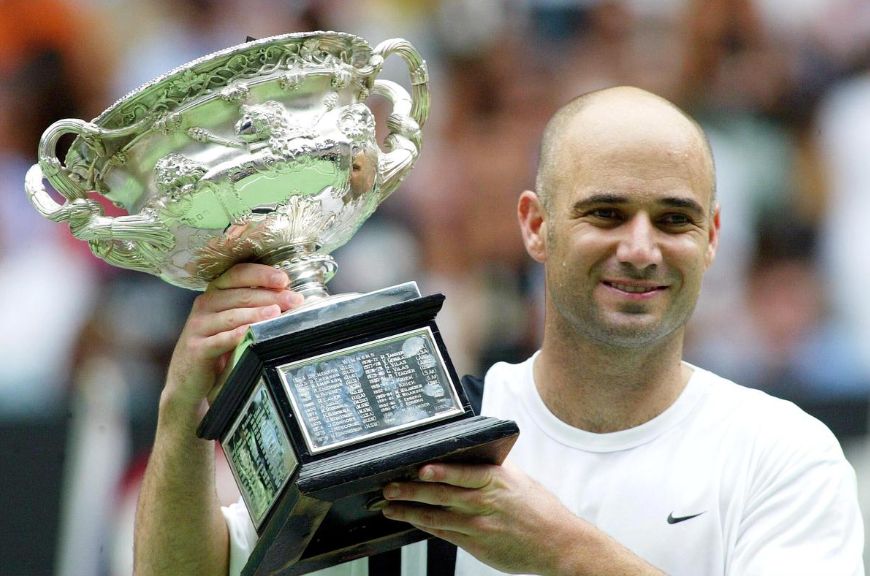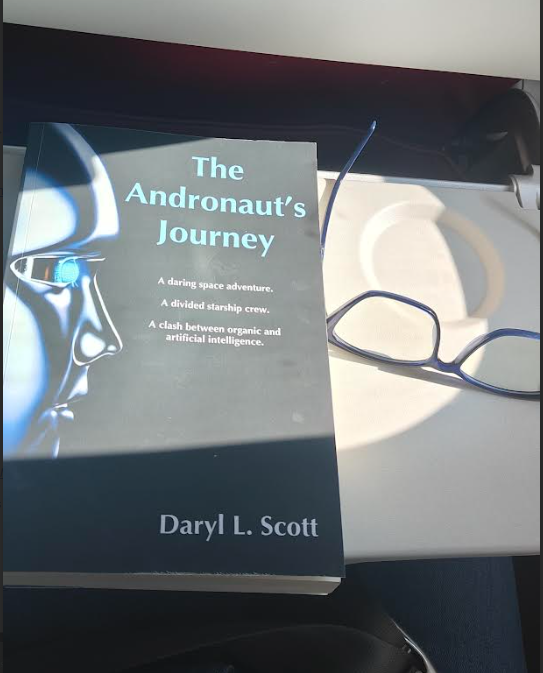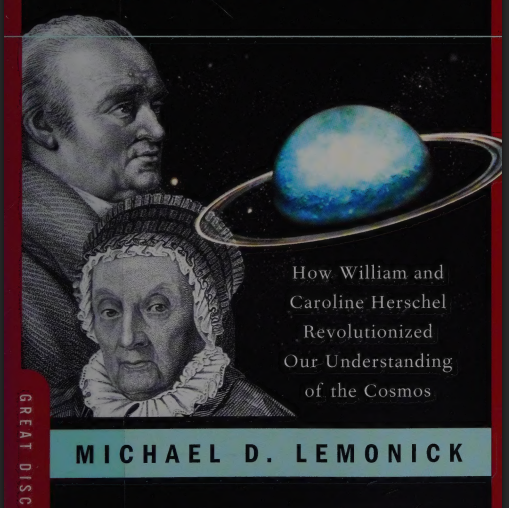J.R. Moehringer did a fantastic job in writing Andre Agassi’s ‘autobiography’, Open: An Autobiography. He gave his best shot again right after his own famous memoir “The Tender Bar”. Deftly, Moehringer slips into telling Agassi’s life on paper as if he had lived it too.
Whatever be the case, one thing is sure, Agassi is very good with selecting people in his squad. Be it his tennis support staff or his writing partner, he makes sure, he is the only sun around which his crew revolves. Indeed, everyone did fantastic job, giving justice to their role.
I have always wondered what’s exactly is going on in the minds of great players like himself. Especially before and during matches. After reading this book, I feel he is a regular guy with flaws and adrenalin rush like ourselves. In fact, he was always under huge huge pressure in nearly all tournaments. The poise that we see on screen is just the outer covering.
Subtly, the book talks about his two main journeys. One, National Indoor Boys 14s Doubles Championship to world’s No 1 player. Second, his failed marriage with Brooke Shields to a loving and cherishing relationship with Steffi Graff. He has indeed gone through metamorphosis and evolved.
Excessively demanding father
The book starts with Agassi’s childhood and his uncomfortable relationship with his father, Emmanuel “Mike” Agassi. Mike came to the US from Iran, where he was a professional boxer. His presence in the family was quite emotionally draining as he was overly demanding.
He wanted all his four children – Rita, Philip, Tami and Andre – to be a top performer. However, he could only foresee Andre as world’s number one tennis player because he was his only kid whose aggression during tennis practise surpassed everyone.
Each house that the Agassi’s lived had a tennis court at the backyard for Andre to practise unfailingly every day after school. The drill was 2,5000 balls a day and his age was just 7 !
Every now and then, Agassi mentions that unlike other sports, tennis is a lonely game and so, he hates it all the more. Yet in this island of loneliness he was able to create a world for himself, where he was loved by his crew and hand full of friends.
I enjoyed the flashback mode, like with any beautifully written book, this piece of art too made me ‘look’ through the pages as if I’m watching a movie.
Journey from National Indoor Boys 14s Doubles Championship to Eight Grand Slam Titles
At the age of 12, he with his doubles partner Roddy Parks won the 1982 National Indoor Boys 14s Doubles Championship in Chicago. By the age of 13, he was sent to tennis boarding school in Florida under the guidance of Nick Bollettieri. In Andre’s later years, Bollettieri managed part of his professional career too.
Skill with which Agassi played for the first time in front of Bollettieri made him “deeply impressed” and so decided to take him in the academy for free. Eventually, Andre then dropped out of school to pursue a full-time tennis career.
By the age of 16, Agassi won his first tournament at La Quinta, California against John Austin. With this, he was ranked 91, in 1986.
In 1987, he won the top-level singles title at the Sul American Open in Itaparica. And was ranked number 25 the same year.
By the next year, he won six consistent tournaments. By December 1988, he played total 43 tournaments thus exceeded US$1 million in career prize money. He created a record of escalating at such a fast pace until Rafael Nadal broke it in 2005.
In 1988, he was ranked No. 3 behind, Ivan Lendl and Mats Wilander.
For the next two years, he did not play in Australian Open because of the event’s traditionalism which only allowed for white dress code. And not “denim shorts”. Agassi never really liked the idea of following strict rules when it comes to dressing.
He made his strong presence felt in both the French Open and the US Open in 1988 and made the US Open semi-finals in 1989.
He made his first Grand Slam in 1990 at the French Open, where he lost finals to Andrés Gómez.
He reached his second Grand Slam final of the year at the US Open, where lost finals to Pete Sampras.
In 1991, he lost French Open final to Jim Courier, fellow alumnus from the tennis academy. Again, at Wimbledon the same year, he lost to David Wheaton.
However, in 1992 he got his first Grand Slam tournament breakthrough at Wimbledon where he defeated Goran Ivanišević. He also won against Boris Becker and John McEnroe, the former Wimbledon champions.
1993 was a mixed year for Agassi. At the Cincinnati Masters, he won the doubles title partnered with Petr Korda. However, he faced wrist injuries during the same year. Eventually, he lost against Sampras (again). And the US Open to Thomas Enqvist. Finally, he decided to go for wrist surgery late in the year.
His victory at the US Open against Michael Chang in 1994 marks his resurgence. By beating Michael Stich in the concluding game of the US Open he became the first man to position himself as an unseeded player.
Finally, in 1995 at Australian Open he won against Sampras. Followed by winning in three out of five tournament finals. In the same year he reached world’s No. 1 ranking until November. By the year end, Sampras surpassed him and finished the top position.
1995 was Agassi’s best year. He won 73 and lost 9 matches. However, in 1996 he wasn’t able to get into any Grand Slam final. He suffered early-round losses to Chris Woodruff, Doug Flach and Michael Chang.
Nevertheless, he was able to cut through the men’s singles gold medal against Sergi Bruguera at the Olympic Games in Atlanta.
His wrist injury resurfaced after four years in 1997. He could play only 24 matches the same year.
It was the same year when he got into crystal methamphetamine and so failed at ATP drug test. His personal life with actress, model and socialite Brooke Shields was passing through a rough patch. Consequently, he lost interest in game and his world ranking tumbled down to No. 141.
In 1998, Agassi followed a rigorous conditioning program and returned to court with a big bang. He played against Pete Sampras and Patrick Rafter. He won five titles in ten finals. By the year end he procured the ATP Most Improved Player of the Year.
In 1999 he created history by winning all four Grand Slam singles titles on three different surfaces – clay, grass and hard courts. Along with an Olympic gold medal in singles and a Year-End Championship.
Year 2000 saw Agassi reach the semi-finals at Wimbledon but he lost to Rafter. At Tennis Masters Cup he won the semi-finals against Marat Safin. But lost the finals against Gustavo Kuerten, the year’s No 1 player.
Agassi continued holding his Australian Open title in 2001 with a win over Arnaud Clément. He was ranked No. 3 by the year end. He was also the oldest player (age 31) that time to finish in the top three positions.
In 2002 his injuries surfaced again and he was forced skip the Australian Open. Later that year he won against the then rising Roger Federer. He faced Sampras again in the final of the US open. And as always, Sampras won.
Agassi won his eighth (and final) Grand Slam title in 2003 at the Australian Open.
A great sporting talent that withstood the test of time
His injuries were recurring due to which he had to withdraw from many events which hampered his ranking. Yet with his resilience and strong will power he created history. Over all, an interesting reading experience, I highly recommend is this book if you’d like to journey through mind and soul of a troubled, damaged champion who managed to touch the zenith against his ankle, wrist and back injuries.






